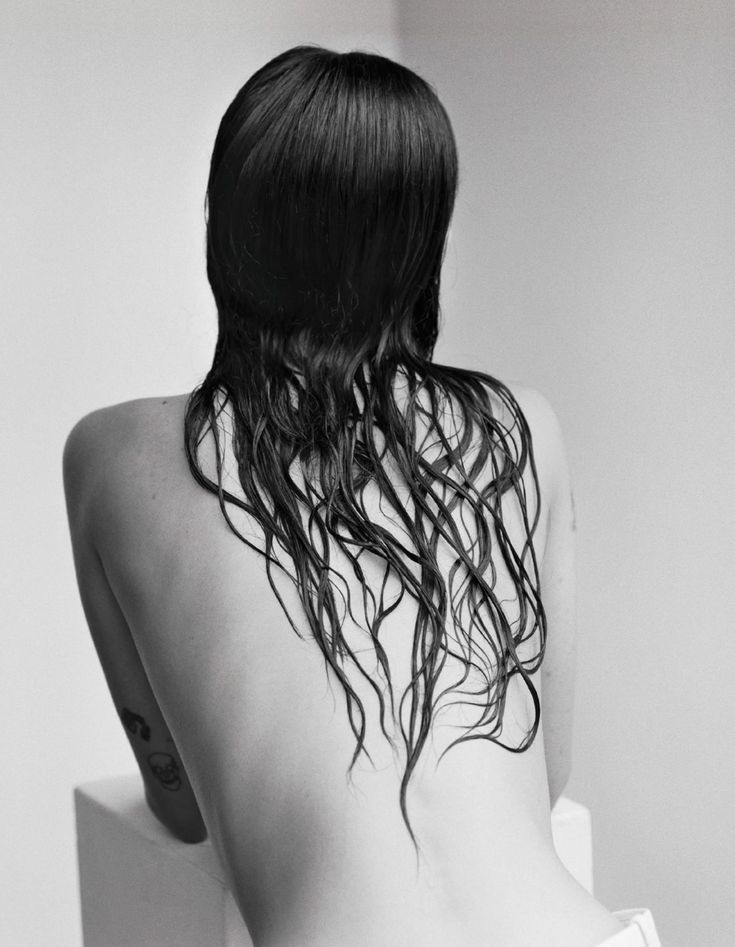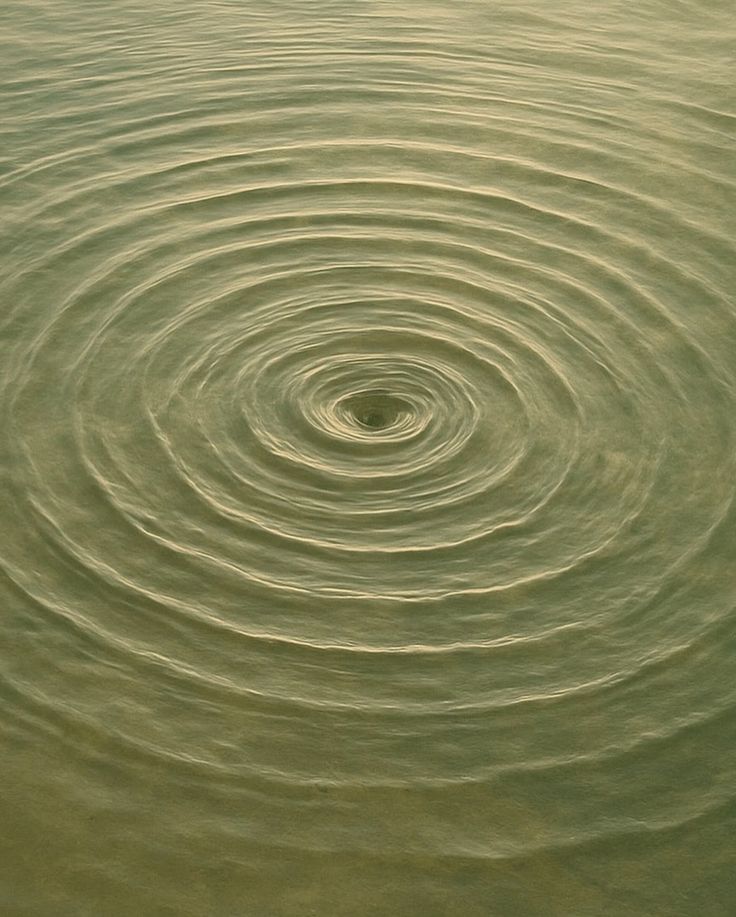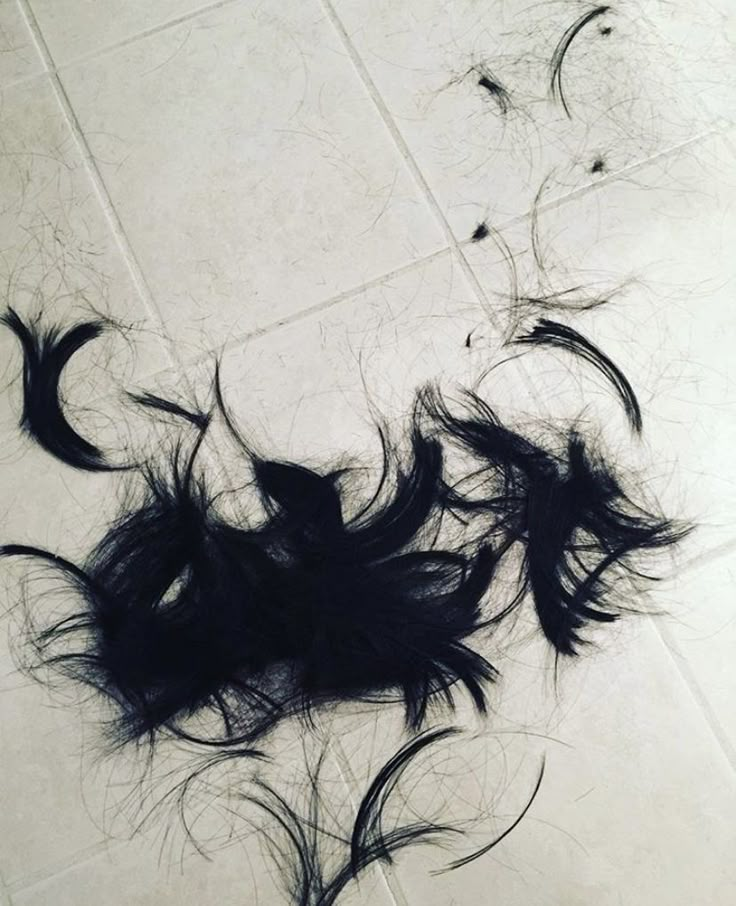We see a moisturizing mask or protein treatment doing wonders for our hair, so it’s only natural to want to use more and MORE! But as with most grooming products, there’s such a thing as too much when it comes to moisture and protein. Here’s why hygral fatigue and protein overload in hair are so damaging in different ways, and how to fix both.
What is hygral fatigue?
If you’ve ever wondered, is there such a thing as keeping my conditioner in for too long? The answer is YES, you can over-moisturize your hair. Too much moisture can cause hair to become dry and brittle. Here’s why. Hygral fatigue is stress that happens to your hair’s cuticle as a result of excess moisture coming in and out, causing it to swell and contract over and over again.
Think of your hair like a kitchen sponge: when it’s wet, it swells up with moisture, and when it’s dry, it shrinks again. Why’s that a problem? Your hair’s cuticle, or the outermost part made up of dead cells, isn’t made to expand and contract too much. As this happens, it becomes weaker and less elastic over time, like a rubber band being overstretched and released until it finally snaps. What causes hygral fatigue? Your hair needs moisture—it just doesn’t need so much moisture that your strands get bloated. To keep this from happening, avoid some common practices that can lead to hygral fatigue: Letting conditioner linger. 3-5 minutes should be plenty of time for your hair to absorb it, depending on the conditioner and its instructions. Over-conditioning (constant overnight masks). There’s a reason rich, deep overnight conditioning hair masks aren’t an everyday thing. Limit treatments to 1x per week tops. Keeping hair wet. Avoid constantly soaking your hair without allowing it to dry completely. If you’re a swimmer, it’s also important to use a Hair Guard to help prevent damage from chlorine and saltwater. Sleeping wet. If you go to sleep with wet hair, it’s likely to get fatigued overnight and will be more prone to breakage as you sleep. Remember, wet hair is weak hair. While it’s important to seal in moisture to keep hair strong and elastic, it’s also important to limit how much moisture your hair is drinking up and how long it’s staying wet. How do you know if your hair has hygral fatigue? For starters, high-porosity hair is more at risk. That’s hair that, like a sponge with lots of holes, has lots of openings at the cuticle, allowing too much moisture in and out. High-porosity hair might be hair that’s fine, dry, bleached, or overly processed. The irony is that if you have dry hair, you might treat it with too much moisture, which can actually worsen the problem. If you swim, do water sports or often sleep with dry hair, you’ll also be at risk for hygral fatigue. Some signs of hygral fatigue include: Hair that feels mushy or gummy when wet: This is a sign that the structure of your hair has been compromised. Dry, weak, frizzy, brittle, or broken hair: There can be several causes for these issues, and hygral fatigue is one. Hair that is low in elasticity: If your hair doesn’t stretch as normal when wet or doesn’t go back to normal after being stretched. Curls may have less definition and bounce. People with low-porosity hair, or hair that has a tighter cuticle (usually coarse hair) can often get away with more moisturization. How to fix hygral fatigue If you suspect your hair might be damaged from too much moisture, or you want to prevent that from happening in the first place, there are several things you can do. First, identify your hair type to establish a personal routine. If you have low porosity hair → You likely won’t have an issue with hygral fatigue and your hair will be able to handle more moisture. If you have high porosity hair → Reduce the time your hair is soaking wet, whether by taking shorter showers, using a plush hair towel to absorb moisture, or both. Use a “pre-poo” treatment like the Najeau Hair Mask to strengthen strands. Pre-shampoo hair oiling masks fill in and seal the cuticle to reduce excess moisture intake. After styling, seal your hair with an oil to lock in healthy moisture and limit the “shrinking” dry sponge effect. Use products with the correct pH level. Using products with a low pH is key to sealing your cuticle and limiting water intake. High pH softens and swells (shampoo). Focus shampoo more on your scalp than on your strands, as they thrive in different pH levels. Low pH hardens and seals (conditioner). Focus conditioner on your mid-lengths to ends. Balance your protein and moisture. Everyone’s hair is different, so find what works for you. You may want to alternate your moisturizing product with a protein product. Limit rich, deep, or overnight treatments to 1x per week. So speaking of protein, what’s the deal with protein overload? We’ll get into that ahead. What is protein overload in hair? Your hair is made up of protein—mostly keratin—and a protein treatment can be useful in promoting stronger strands for hair growth and health. Protein can show up in hair products in the form of ingredients like: Keratin Amino acids Rice protein Soy protein Quinoa Oat flour Collagen But just like with moisturizing treatments, using too much protein on your hair can lead to a few different problems. Protein overload in hair looks like: Stiffness: When there’s too much structural protein on your hair, it can cause your hair to become too hard and stiff, which can make your hair more prone to breakage and split ends. Buildup: Excess protein can create a coating of residue on your hair, causing it to feel greasy and heavy. Dullness: This coating can zap the softness and shine from your hair, making it appear duller. Tangles: When there’s too much protein on your hair, it can become tangled or be challenging to manage or style. Irritation: You always want to maintain a proper pH balance on your scalp. Overuse of protein treatments can potentially affect your scalp microbiome, leading to dryness or irritation. What to do about protein overload in hair If you notice signs of protein overload, reduce the proteins in your hair’s diet. For instance, if you use a nightly protein shampoo, you might want to alternate it with a different shampoo until you’ve established a good balance. Your hair may need a moisturizing treatment like the Leave-In Conditioner to keep protein from drying out strands. You may also want to switch to gentler proteins, like adding an avocado or egg whites to your Najeau Hair Mask every once and a while, instead of using a targeted protein serum or heavy duty product on your hair. In general, limit treatments to 1x per week or use as recommended on the packaging. How to find balance in your hair routine Healthy hair likes a balance between protein and moisture for proper strength, elasticity, and resilience. If you have too much of one or the other, it will likely show up in your hair’s texture and integrity. That’s why it’s important to follow directions when it comes to hair products and not overdo it. When it comes to treatments, you want to treat your hair, not spoil your hair. Rich, deep conditioning treatments and targeted high-protein formulas are meant to be used in moderation, so limit these products in your routine to avoid stress and damage to your strands. In addition, try to limit how often and how long your hair is wet Dry, brittle or oily hair is telling you something, so listen to it and keep getting to know your hair better with us!



